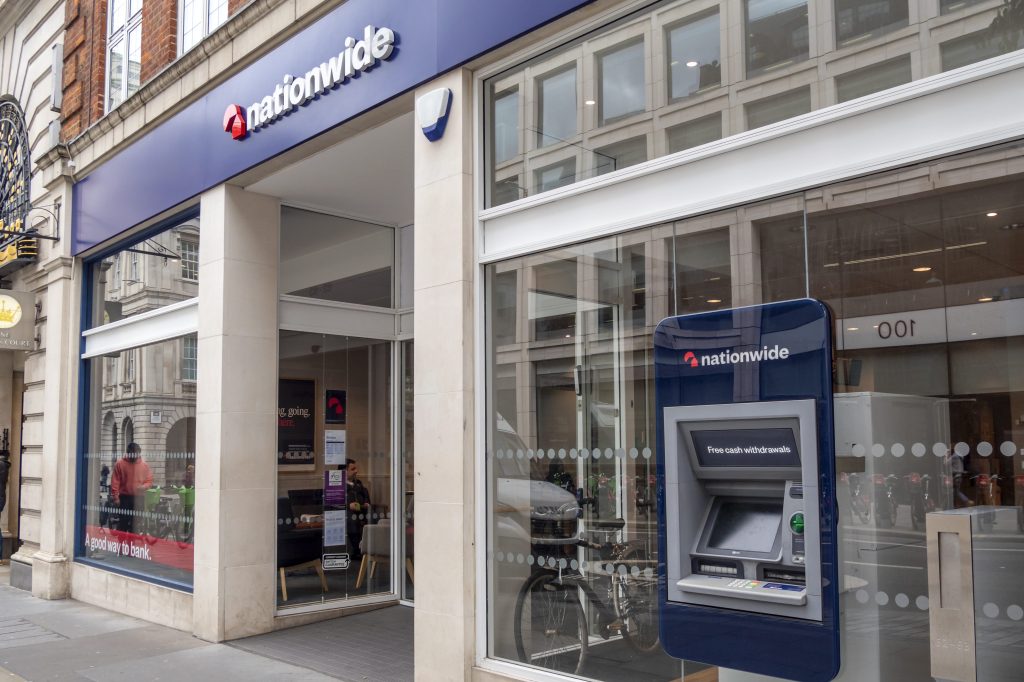The surge in the value of bitcoin has created a boom in cryptocurrency trading as investors try to find the next big crypto trend. At the same time, it has also created a spike in crypto crime, with criminals raking in $1.9bn from crypto-related crimes in 2020, according to CipherTrace.
“Scams
Register for free to keep reading.
To continue reading this article and unlock full access to GRIP, register now. You’ll enjoy free access to all content until our subscription service launches in early 2026.
- Unlimited access to industry insights
- Stay on top of key rules and regulatory changes with our Rules Navigator
- Ad-free experience with no distractions
- Regular podcasts from trusted external experts
- Fresh compliance and regulatory content every day
















